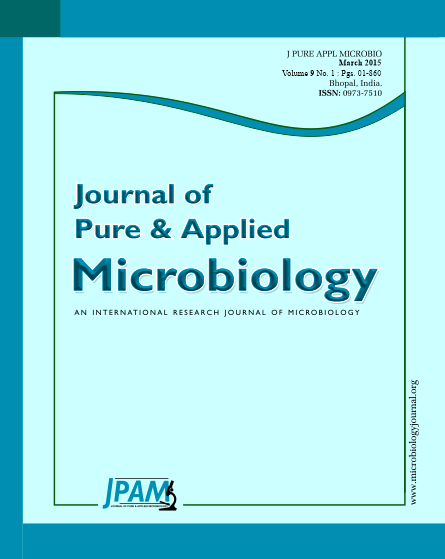Staphylococcus aureus causes a variety of severe infections such as urinary tract infections. At present, 30–50% of S. aureus isolates from Iran are methicillin resistant (MRSA). The goals of this study were to identify the distribution antibiotic resistance properties in S. aureus isolates of pediatric patients. One- hundred and fifty five urine samples were collected from pediatric patients suffered from UTIs. Samples were cultured immediately and those that were S. aureus-positive were analyzed for the presence of antibiotic resistance genes. We found that 66 out of 155 samples (42.58%) were positive for S. aureus. The highest prevalence of bacterium was seen in the cases of pyelonephritis (43.8%). S. aureus isolates had the highest antibiotic resistance against ampicillin (90.9%), tetracycline (90.9%), erythromycin (87.8%), methicillin (83.3%), oxacillin (78.7%) and trimethoprim–sulfamethoxazole (77.2%). MecA (75.7%) and aacA-D (75.7%) were the most commonly detected antibiotic resistance genes. All of the MRSA strains were also resistant against ampicillin, tetracycline and erythromycin. Totally, 54.5% of strains were PVL positive and 86.1% of PVL positive strains were resistant to methicillin. Although the frequency of MRSA isolates in the current study was intermediate, resistance to other antibiotics was high and most of the isolates were found to be MDR. Regular surveillance of hospital-associated infections and monitoring of their antibiotic sensitivity patterns are required to reduce the prevalence of MRSA.
Staphylococcus aureus, methicillin resistant, Pediatric, Urinary tract infections, Iran
© The Author(s) 2015. Open Access. This article is distributed under the terms of the Creative Commons Attribution 4.0 International License which permits unrestricted use, sharing, distribution, and reproduction in any medium, provided you give appropriate credit to the original author(s) and the source, provide a link to the Creative Commons license, and indicate if changes were made.


